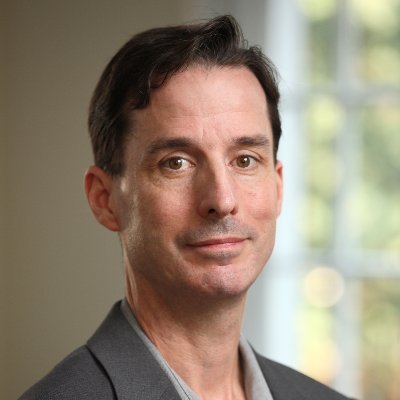
@PeterNorton12
Historian, author of Fighting Traffic: The Dawn of the Motor Age in the American City, and of Autonorama: The Illusory Promise of High-Tech Driving.

@PeterNorton12
Historian, author of Fighting Traffic: The Dawn of the Motor Age in the American City, and of Autonorama: The Illusory Promise of High-Tech Driving.